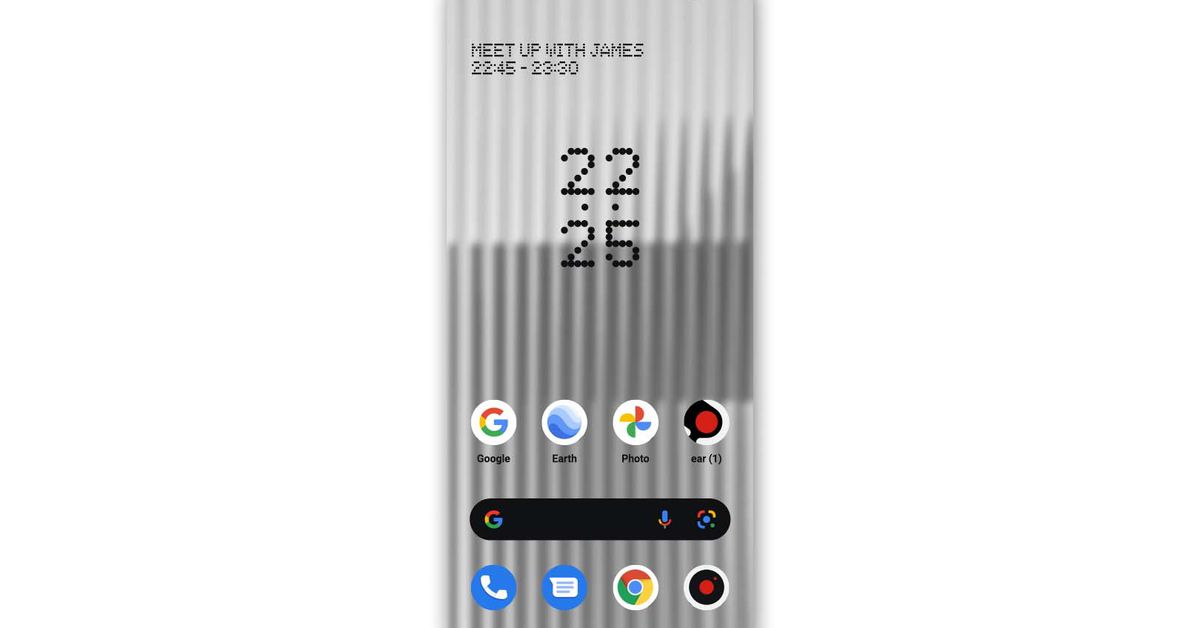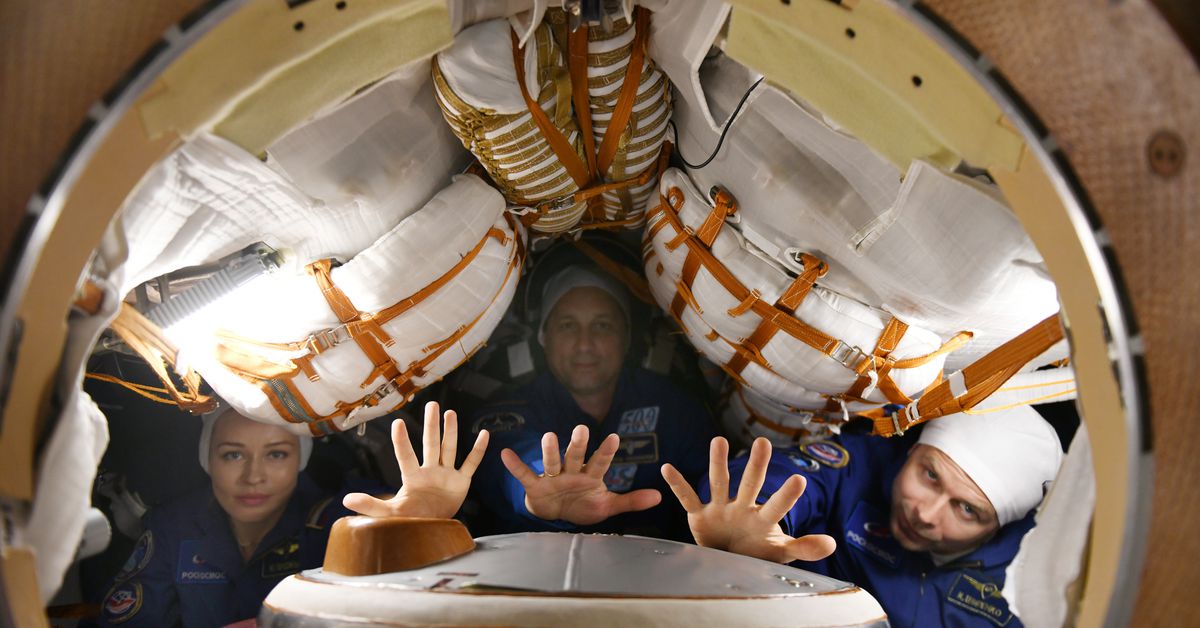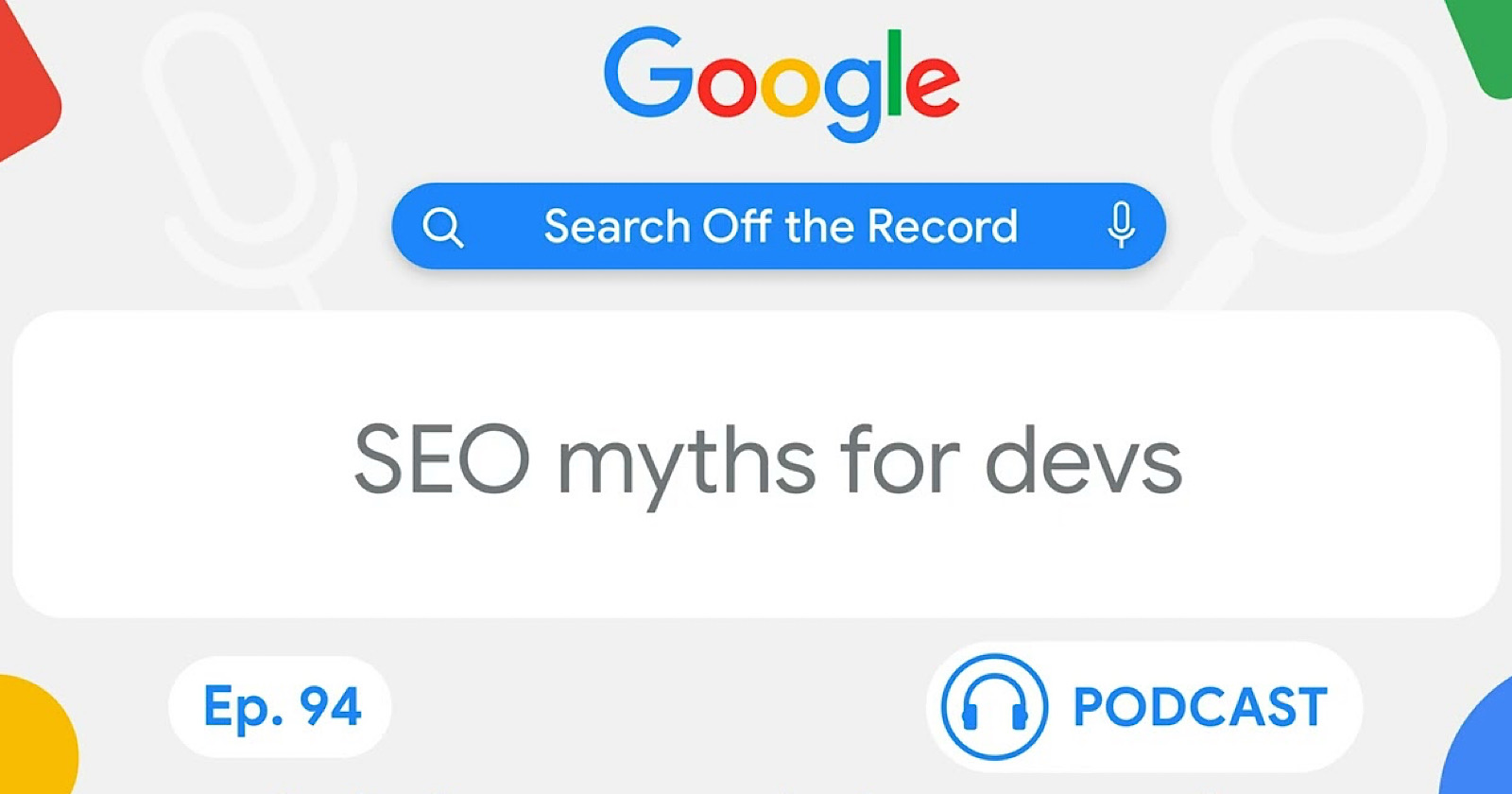Peloton machines now work with Samsung’s Wear OS smartwatches, too
The Peloton app integration lets you broadcast your heart rate from the Samsung Galaxy Watch 4 or 5 lineups. | Image: Victoria Song / The VergeSamsung announced today that its Galaxy Watch 4 and 5 smartwatches now automatically integrate...
/cdn.vox-cdn.com/uploads/chorus_asset/file/24000825/226256_SAMSUNG_GALAXY_WATCH_5_PRO_PHO_vsong_0008.jpg)
Samsung announced today that its Galaxy Watch 4 and 5 smartwatches now automatically integrate with Peloton machines. That includes not only Peloton’s bikes and treadmill but also its rower and Guide strength training system.
The integration rolls out today as part of an update to the Peloton app. Basically, once you open a workout on a Peloton machine, you’ll be prompted to pair your Galaxy Watch 4 or 5 to the device. After you tap the connect button, you’ll then be able to use the smartwatch as a heart rate monitor.
The major benefits here are that you won’t have to shell out for an extra Bluetooth heart rate monitor to use Peloton’s heart rate-based features like its Strive Score. Peloton sells a $90 heart rate band that you strap to your arm (it’s fine), but a single-use wearable isn’t exactly a better value than a smartwatch that can do a whole lot more than track a single fitness metric.
There are a few requirements and caveats, however. For starters, you’ll need to make sure that your smartphone runs Android 8.0 or later and version 6.22 of the Samsung Health app. The bad news is that the integration is only available on Samsung’s Wear OS 3 smartwatches. The older Samsung Galaxy Watch 3 isn’t compatible, and neither are other Wear OS 3 watches from other smartwatch makers. At least for now, that means Pixel Watch and Fossil watch owners are out of luck.
It’s about time Peloton gave Android users some love, as the company tends to prioritize iOS and Apple Watch users. (That’s technically still the case here, as Peloton released an Apple Watch integration for its machines around this time last year.) But while this is good news for Wear OS 3 overall, it also highlights the platform’s weaknesses. On the one hand, it’s a reminder that Wear OS 3 has a much more robust third-party app ecosystem than Wear OS 2 ever had. That, combined with Google’s continued efforts on this front, are promising signs.
On the other hand, the fact that this is limited to Samsung watches highlights how fragmented the Wear OS market still is. While Apple Watches offer a pretty universal experience, you can have three totally different experiences with a Samsung Galaxy Watch 5, Pixel Watch, and the Fossil Gen 6. For that reason, it is a little disappointing to see Samsung gatekeep this integration to Samsung watches. Here’s to hoping it makes its way to other non-Samsung Wear OS 3 watches before long.

 BigThink
BigThink 
































